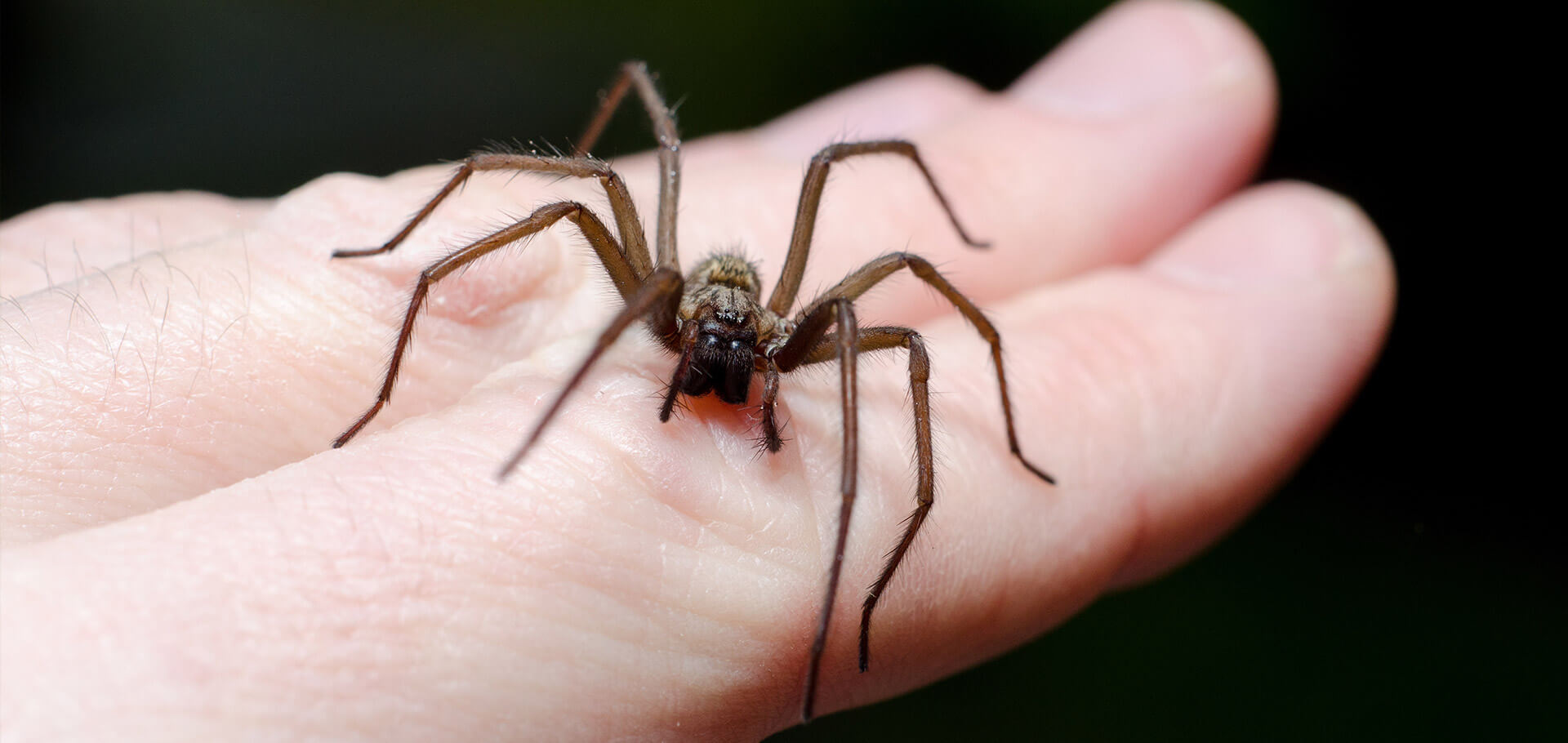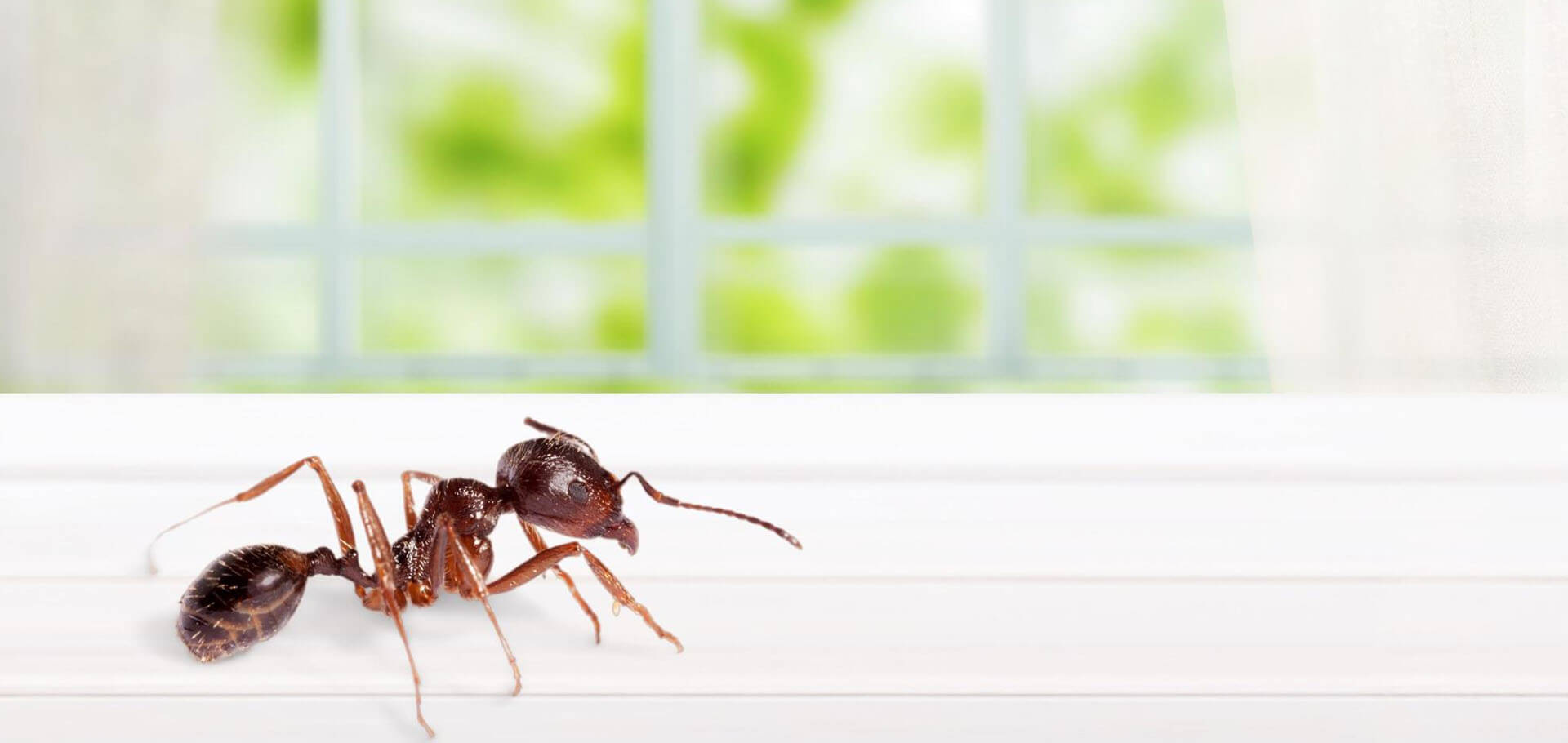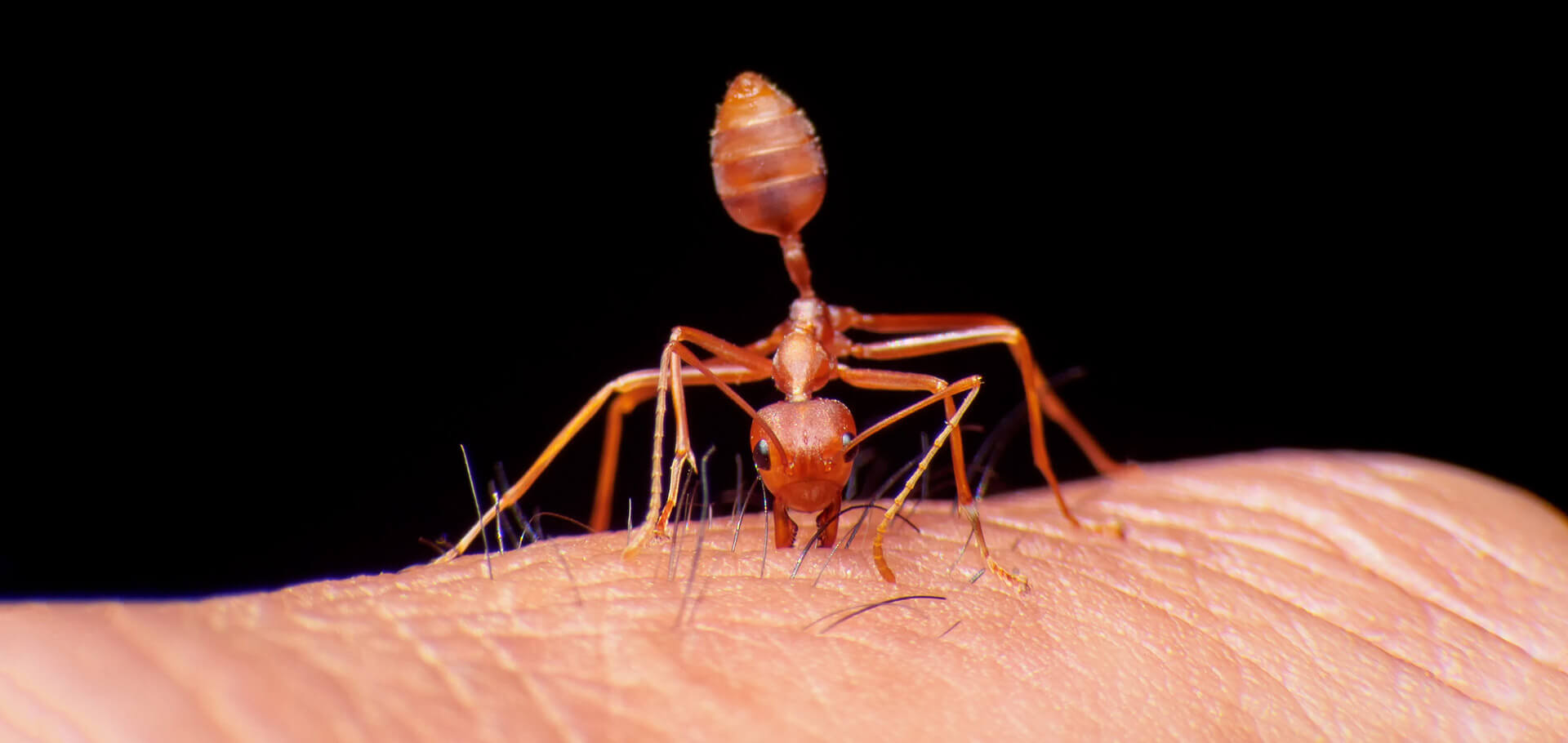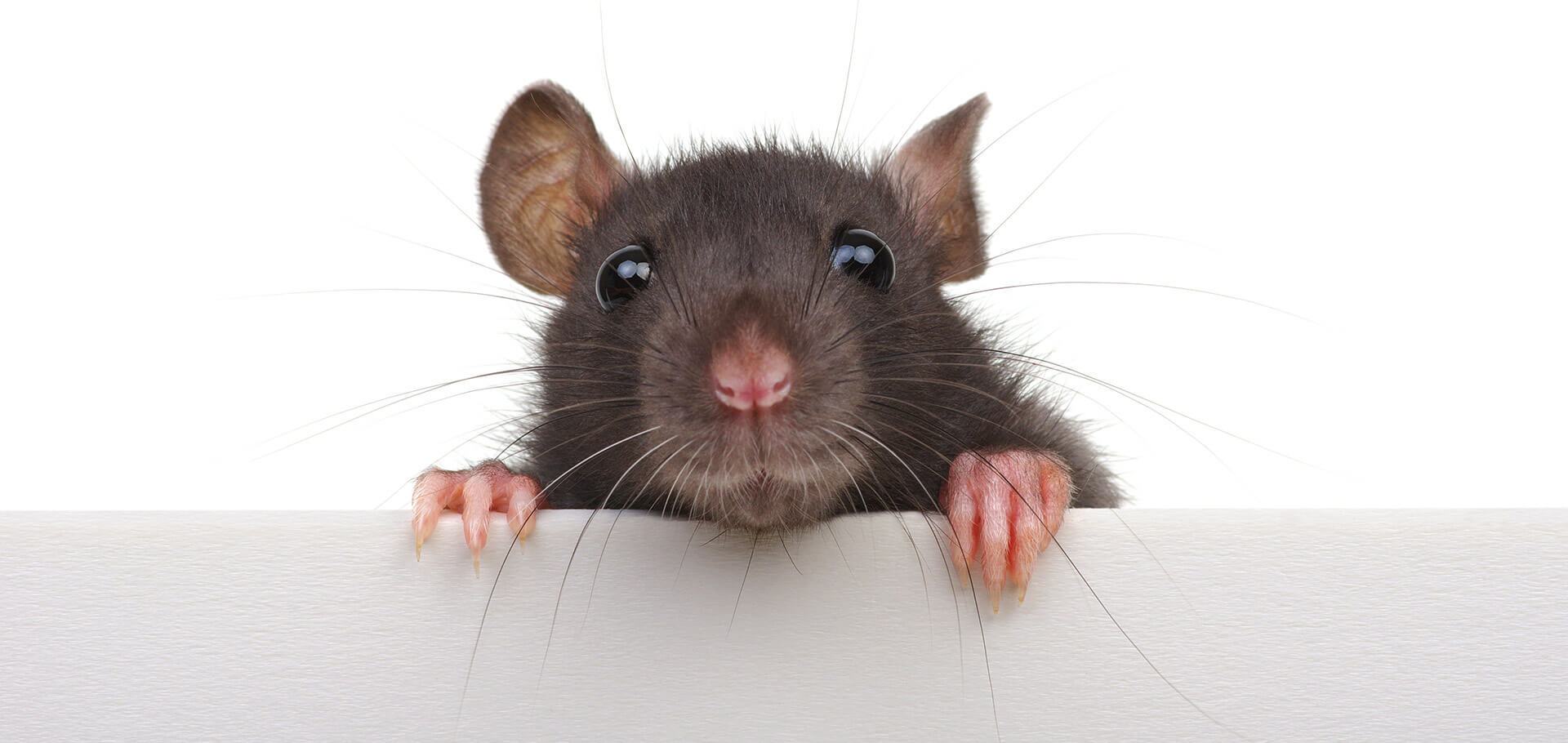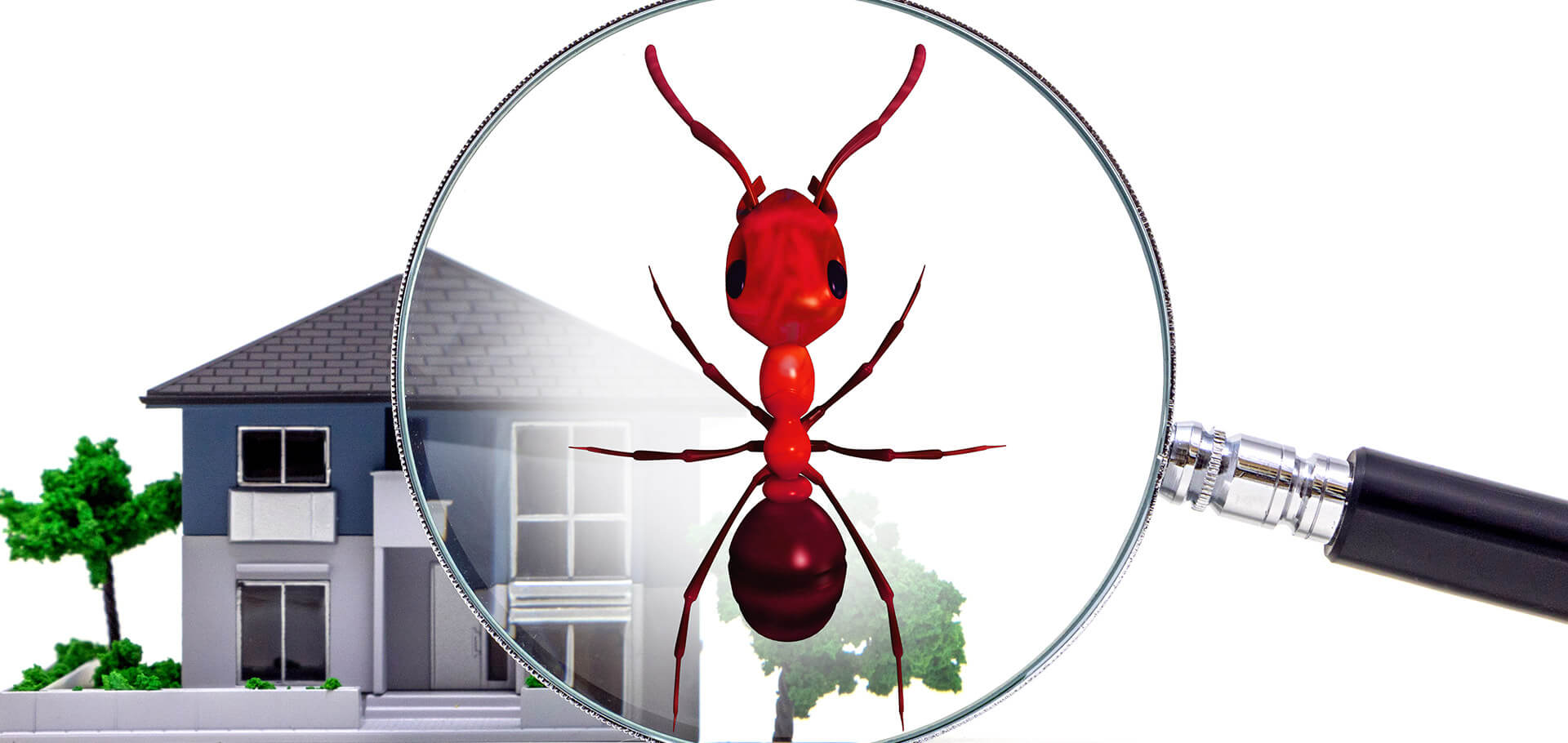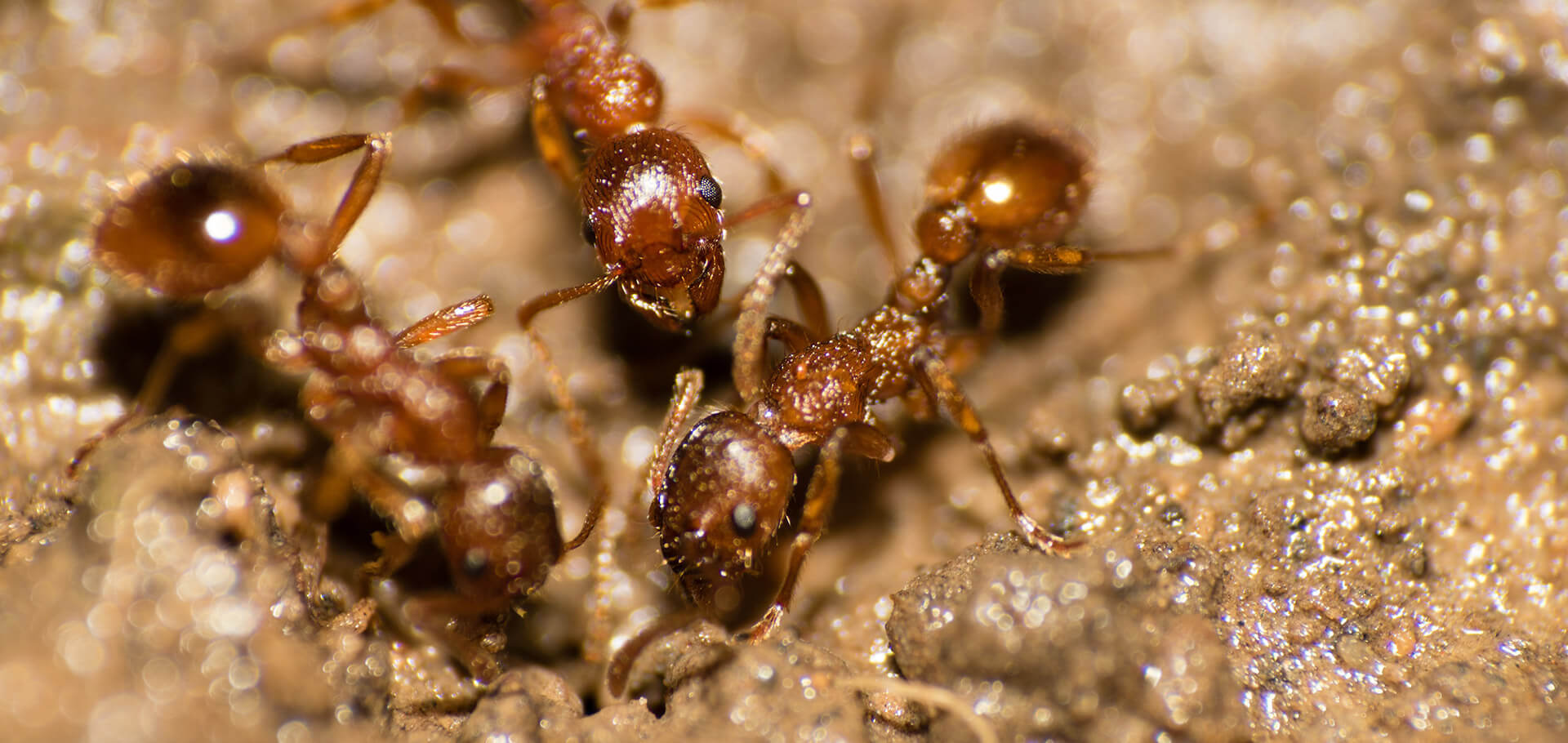If only getting bit by a spider was as cool a scenario as becoming Spider-Man. Unfortunately, we are far from comic book tropes and live in a world where it’s pretty necessary to differentiate something harmless on the skin versus a mark left by an eight-legged stranger. It’s strongly encouraged that you know what a spider bite looks like so you can ease panic, think clearly, and take the appropriate measures medically if this so happens to be the case. In this article, we’ll discuss just that, along with providing you with some much-needed tips in case you find yourself on the wrong end of a spider bite.
Some Spider Facts
It can be discerning when you get a spider bite, and we’ll get to treating them, but first, here are some facts.
- There are different types of spiders. When you think about spiders, you may just think about the average fuzzy black one you see on Halloween bit there are well over 3,000 different species of spiders in the United States alone. Different spiders mean different bites, which is why it’s essential to be informed.
- Not all spiders are dangerous. Just because there are a plethora of spider species, that doesn’t mean there’s too much of a cause for alarm. Most spiders have venom, but not all are poisonous to humans. Furthermore, rest easy knowing that not all spiders are aggressive. The top three breeds of spiders considered the most dangerous to humans are the Brown Recluse, Black Widow, and the Hobo Spider.
- Be gentle. Another thing to remember when encountering spiders is that they bite in self-defense mode when they are backed into a corner. This most often happens when someone places a hand or foot into a tight spot that a spider may be hiding in. Some common hiding locations are behind boxes in a garage, woodpiles, closets, garages, and basements.
How to Identify a Spider Bite
Now comes the point where we discuss how you can tell a spider bite from other insect bites. First, the typical spider bite usually only takes one bite and calls it a day. That bite will have only two puncture marks. Therefore, if it looks like you got cut up or you have multiple wounds, the likelihood is that it may be your cat or something else.
The pain usually increases immediately after the bite, followed by some possible redness or swelling. If you see either, it’s time to seek some spider bite treatment.
Some Helpful Tips on Dealing with Spiders
- Prevention – Unfortunately, you can’t prevent spiders from living around your home. Proper house cleaning practices can reduce their population in addition to a professional pest control service.
- Use Caution – Always exercise caution when moving boxes or firewood that have been sitting in one location for an extended period.
- Dress Appropriately – If you are concerned that spiders may be hiding in an area that you have to work in or move items out of, make sure to wear gloves and long sleeves/pants. Creating a barrier with clothing reduces the chance that you will get bit if you disturb a spider’s nest.
Be sure to check out more on our site, where you can learn all about the best spider bite treatments, common spider bites, and much more!

